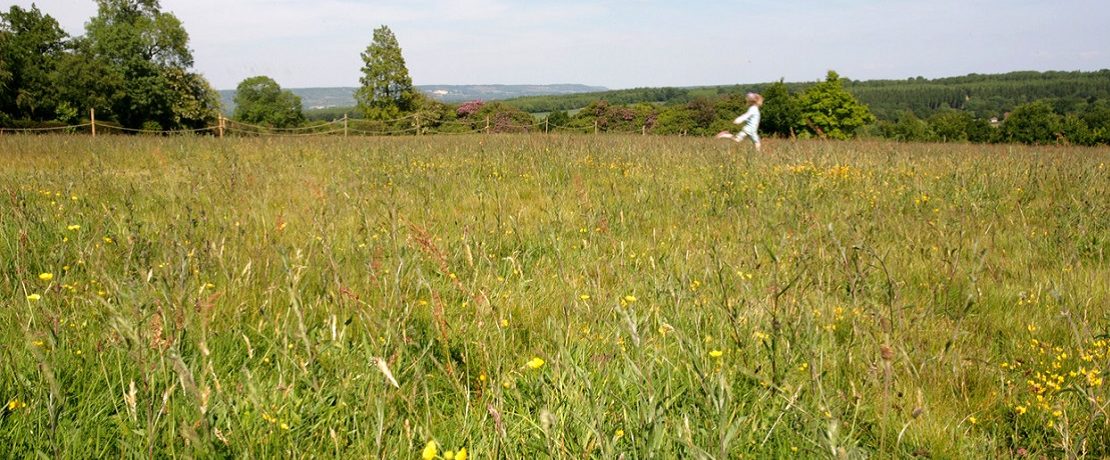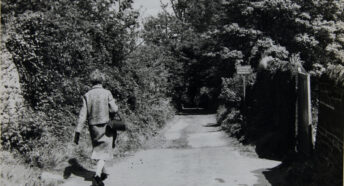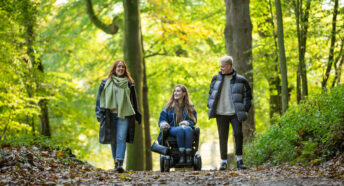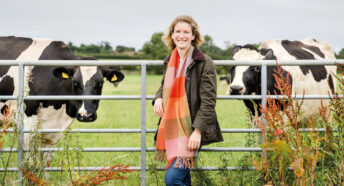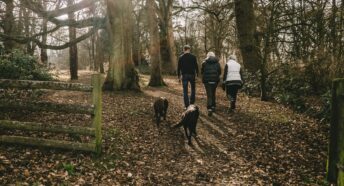A countryside walk in June
June is a beautiful and fascinating month to explore your local countryside or green spaces. As we welcome the onset of summer, a profusion of life surrounds us. In fact, June may be the month where our green spaces are at their most lush and vibrant.
If you took a stroll (or several) last month, hopefully you spotted a few things we mentioned in last month’s article. Of course, these lists aren’t exhaustive and there are differences up and down the country, and part of the joy is discovering things for ourselves!
With that in mind, we’d love you to share with us a short clip (phone footage is fine) of any discoveries you make on a countryside or green space stroll. Check here for more info! And of course you can share your images and videos with us on Facebook, Twitter or Instagram as usual.
Without further ado, let’s have a look at what we might find on a stroll in the countryside in June.
Insects galore
Increasing temperatures and flourishing greenery mean that June days are not just alive with the sound of birdsong, but the buzzing and fluttering of insects too!
Bees and wasps are extremely active in June, gathering pollen and nectar from emerging meadows, as well as late spring flowering plants such as ox-eye daisies and birds foot trefoil. You’ll find bumblebees as well as honeybees and solitary bees in gardens, parks, and open countryside too.
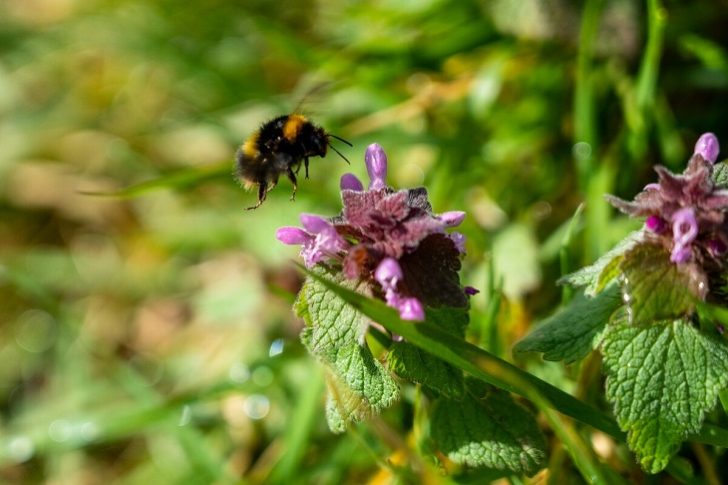
Along bushy hedgerows you might see clouds of flies such as midges, and crane flies. These may be a bit uncomfortable to walk through, but these insects provide the basis of so much life in our ecosystem (including bats, but more on that later). There are also butterflies to look out for along hedgerows, such as the speckled wood, which is a brown butterfly with cream coloured markings along the edges of its wings.
A new generation of birds
It’s no coincidence that the dawn chorus intensifies throughout spring. Birds are working hard to attract a mate and defend their territories in readiness for breeding and caring for young.
Many garden birds lay several ‘clutches’ of eggs in spring and summer, and with incubation and fledging taking up to a month, June is a great opportunity to spot juvenile birds poking about in parks, woodland and other green spaces.
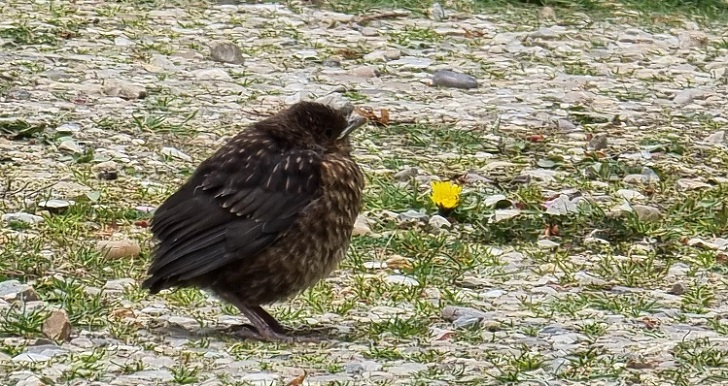
Some birds are more proactive nesters than others, and warmer winters mean that birds have the very tough job of nesting at the perfect time – it needs to be when there is plenty of food to raise their young. Birds like crossbills, tits and blackbirds may have already raised a clutch of young by now. Blackbirds and robins are among several species of bird that usually raise more than one brood per season.
Juvenile birds often look nothing like their adult counterparts. A good sign that you’re looking at one is by their plumage; they look like balls of fluff! As they scurry about among leaves you may also spot their parents close by, keeping a watchful eye.
Bats at dusk
Catching a glimpse of a bat on a balmy summer’s evening is a marvellous experience. What makes it particularly special is that they are so fleeting – spending so much of their time throughout the year hibernating. Bats don’t like the cold, so seeing one flitting about in the sky is so powerfully linked to this time of year.
What’s more, they can be spotted in a variety of settings: gardens, woodland, parkland and wetland such as rivers to name a few.
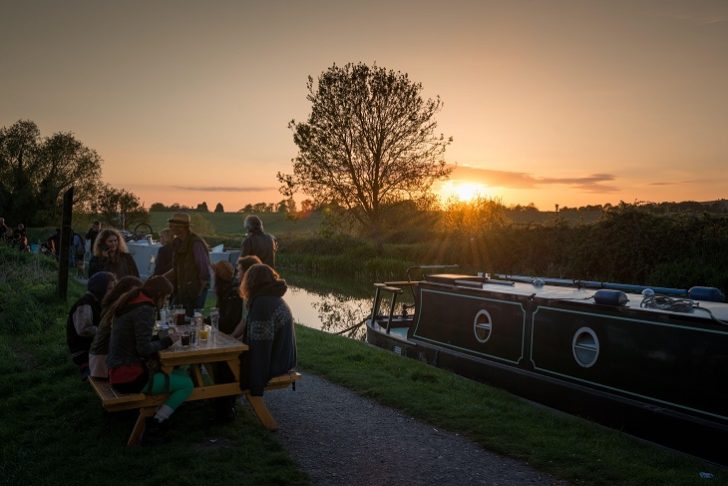
During June, female bats usually give birth to a single pup which it dutifully cares for and feeds milk to. Adult bats during June eat thousands of insects a night, and so those clouds of midges mentioned earlier in the article make a tasty meal for hungry bats.
A good time to spot bats is at dusk, which is the window of time between the sun setting and darkness. While there may still be some birdsong at this time, very few birds will be actively out on the wing, so if you see something small and dark flitting about in the sky, the chances are you’ve spotted a bat. You can find more advice on spotting bats here.
An evening walk
In June, we see daylight hours hit the longest they will be for the remainder of the year. This means daylight stretches well into the evening with the sun not setting until after 9pm.
With such light and warm evenings, this is a great time to head out for your walk, whether you live in a rural area or in an urban area close to green space. Not only will you catch the final verses of birdsong before they retire for the evening, but you’ll be treated to an enchanting spectacle for the senses.
A good time to set out is just before 9pm, so that you get the full experience of sunset into dusk. Take a gentle stroll and you should notice an abundance of living things: moths appearing (more on that next month), bats flitting around, masses of insects as well as hardworking bees and wasps, collecting the last of the nectar before the day closes for them.
As the sun sets, long shadows are cast across the ground and flying animals become silhouettes. Night-scented plants such as evening primrose, honeysuckle and jasmine fill gardens and green spaces with heady, floral aromas.

There really is nothing like an evening walk in the summer, so if you’re able, why not take a long and leisurely stroll this month and take in the wonder of the light evenings before our days become shorter.
Check back soon where we’ll share some of the delights of a countryside walk in July, and with butterflies, moths, and a stunning display of wildflowers, there’s plenty to look forward to.
Happy walking!
